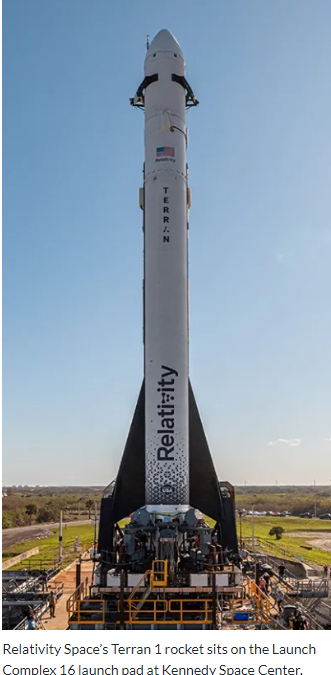NASA teamwork on 3D printing and testing engines makes company’s launch services more affordable.
Speed is everything in rocketry. To get into low-Earth orbit, a spacecraft needs to hit velocities around 17,000 mph. And any company building a commercial rocket must have it designed, built, tested, and flying payloads as fast as possible to begin recouping the astronomical cost of reaching commercial readiness.
For the last decade or more, even as it’s been finalizing its own heavy-lift rocket, NASA has also been adding to the nation’s launch fleet by helping several commercial space companies reach that finish line. And some of them are accelerating their journey by unconventional means.
Most recently, after about five years of cooperative efforts with NASA, Relativity Space’s Terran 1 rocket became the first 3D-printed rocket to reach space during a March 2023 launch. The company aims to use its rockets to offer affordable rides into space for commercial satellites and other payloads.
Pour en savoir plus : Additive Manufacturing Subtracts from Rocket Build Time

